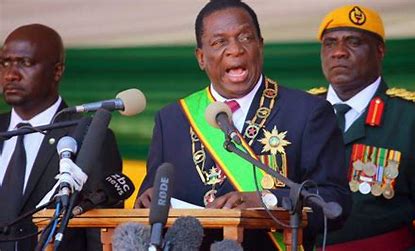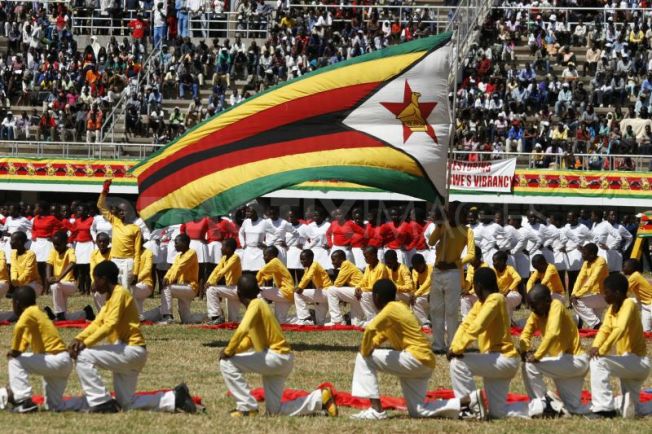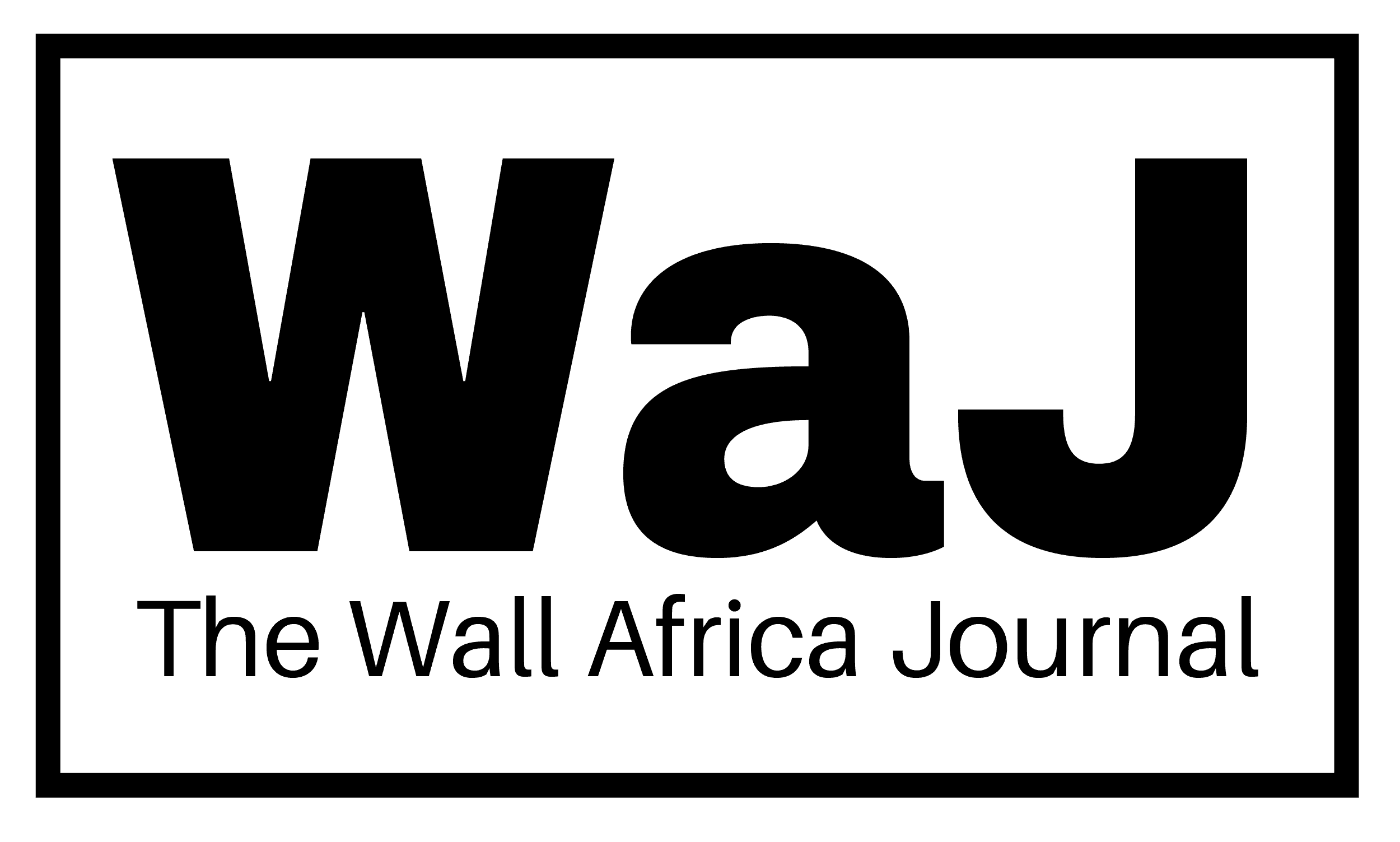Zimbabwe marked its 45th Independence Day today with nationwide celebrations under the theme “Zim@45: Devolve and Develop Together Towards Vision 2030,” as President Emmerson Mnangagwa committed to accelerating decentralization reforms while honoring the sacrifices of the nation’s liberation struggle.
Historical Significance: From Colonial Rule to Sovereignty
Zimbabwe’s independence journey was long and arduous. Formerly known as Southern Rhodesia, the country endured nearly 90 years of British colonial subjugation. The nationalist movements—the Zimbabwe African National Union (ZANU), led by Robert Mugabe, and the Zimbabwe African People’s Union (ZAPU), led by Joshua Nkomo—mobilized resistance during the Second Chimurenga, a liberation war that forced the colonial regime into negotiations.
The landmark Lancaster House Agreement of 1979 paved the way for democratic elections, resulting in independence on April 18, 1980. That historic day saw the Union Jack lowered for the last time at midnight, replaced by Zimbabwe’s green, gold, red, and black flag symbolizing its agricultural wealth, mineral resources, liberation struggle, and majority rule. Robert Mugabe’s inauguration as the first Prime Minister heralded the dawn of a new era.
Festivities: Honoring Legacy While Embracing Progress

At Harare’s National Sports Stadium, President Mnangagwa paid tribute to the freedom fighters who shaped Zimbabwe’s destiny. “The tree of our freedom was watered by the blood of our martyrs. We honor them by building a Zimbabwe where all can prosper,” he declared before thousands of citizens. Military parades showcased Zimbabwe’s defense capabilities, while performances by traditional mbira musicians, cultural dance troupes, and contemporary artists added vibrancy to the event.
As fireworks illuminated the Harare skyline, citizens reflected on 45 years of sovereignty—a time to honor the past while envisioning a prosperous future.
Disability Rights Initiative: A Historic Step Toward Inclusivity
Aligning with this year’s development theme, the government launched the Realisation of the African Disability Protocol (RAD-P) project, signaling Zimbabwe’s leadership in disability rights advocacy. The EU-funded initiative seeks to dismantle barriers for persons with disabilities through infrastructure upgrades, accessible education, and inclusive policies.
Disability Affairs Director Laisa Chouromba emphasized the importance of inclusivity: “True independence includes all citizens,” she stated at the launch, introducing the four-year plan that aims to transform societal attitudes toward disabilities. Advocacy groups welcomed the initiative, though they stressed the urgency of implementation.

Economic Challenges Amid Growth
The Independence Day celebrations unfolded against the backdrop of ongoing economic challenges such as currency instability and high unemployment. While President Mnangagwa highlighted recent growth in lithium mining and agriculture under the National Development Strategy 1 (NDS1), many citizens remain concerned about the lack of tangible improvements in their daily lives.
“We fought for more than just a flag change,” remarked Harare street vendor. “We need jobs, fair prices, and real opportunities.” The decentralization reforms proposed by the government aim to address these concerns by empowering local authorities to drive development.
Global Recognition
Messages of goodwill poured in from international allies, including India’s External Affairs Minister S. Jaishankar, China, Kuwait, and the European Union (EU), highlighting Zimbabwe’s diplomatic reach. The EU’s support for the RAD-P initiative signals potential warming relations, even as Zimbabwe maintains strong ties with Moscow and Beijing.
Looking Ahead
As Zimbabwe charts its course toward Vision 2030, this year’s Independence Day celebrations underscore the enduring spirit of its people and their commitment to progress. The launch of RAD-P marks a new chapter in the nation’s pursuit of equality and inclusivity, reflecting Zimbabwe’s determination to build a future where no one is left behind.


